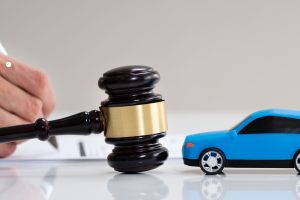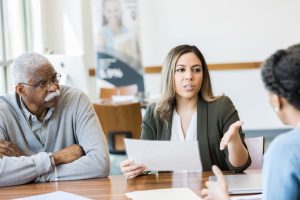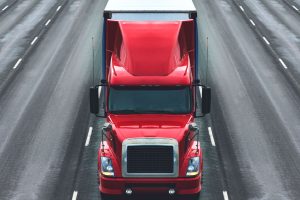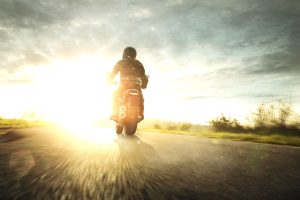Car accidents happen every day in Florida – about 1,095 times a day, to be exact. In some of those instances, more than one person may be at-fault.
They may not be equally at-fault. But as a Fort Lauderdale personal injury lawyer can explain, the fact that an injured party was partly responsible for a crash does not bar them from seeking compensation from the other party, at least not in Florida. That’s thanks to a doctrine known as comparative fault.
Broadly, comparative fault (also called comparative negligence or contributory negligence) is a partial legal defense that can reduce the amount of monetary damages a plaintiff can recover in a negligence-based claim. It’s based on the degree to which the plaintiff’s own fault, negligence, or wrongdoing contributed to cause the injury or exacerbate it.
For example, if Person A runs a red light and causes a crash that injures Person B, the latter has a legitimate claim against the former. This is true even if Person B also happened to be speeding at the time of the crash, thereby making their injuries more severe than they might have been otherwise. In this situation, a jury may find that Person A was 80% at fault and Person B was 20% at fault. If the total damages were $100,000, then Person B’s total damages would be reduced according to their own fault – so by 20%. That means the most they could recover in that scenario would be $80,000.
Florida has been a pure comparative fault state since 1973. That meant that even if you were 99% at fault for the injury you sustained, you could still pursue legal action against the other person for their 1% of fault.
However, that changed in March 2023, with updates to F.S. 768.81, Florida’s comparative fault law. The statute was changed to say that if you are 51% or more responsible for your own injuries, then you cannot recover any damages at all. However, you could be 50% at fault and still recover the other 50% from other at-fault parties. Continue reading
 Broward Injury Lawyer Blog
Broward Injury Lawyer Blog












